If You Live Here, Watch Out for Escaped Snakes and Other Reptiles
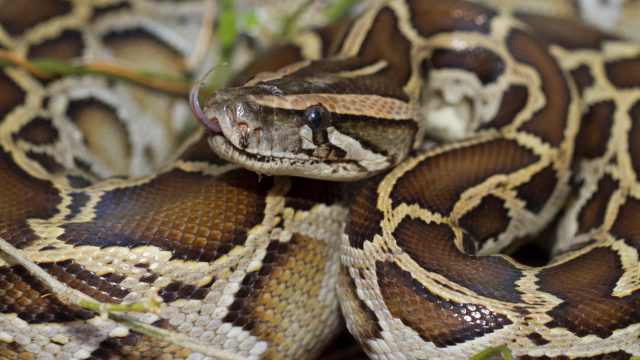
Despite their unfortunate reputations, snakes can make great pets for many people who might not otherwise have time in their schedule for a dog or a cat. Most species just require setting up a habitat and sticking to a relatively spaced-out feeding schedule, making them surprisingly low-maintenance members of the family. Unfortunately, however, there are some cases where these domesticated pets somehow find their way into nature. And now, officials in one state are warning residents they should watch out for escaped snakes and reptiles. Read on to see which place is dealing with new non-native animals.
READ THIS NEXT: 9 Ways to Snake-Proof Your Yard, According to Experts.
It’s becoming more common to see invasive species in some areas.
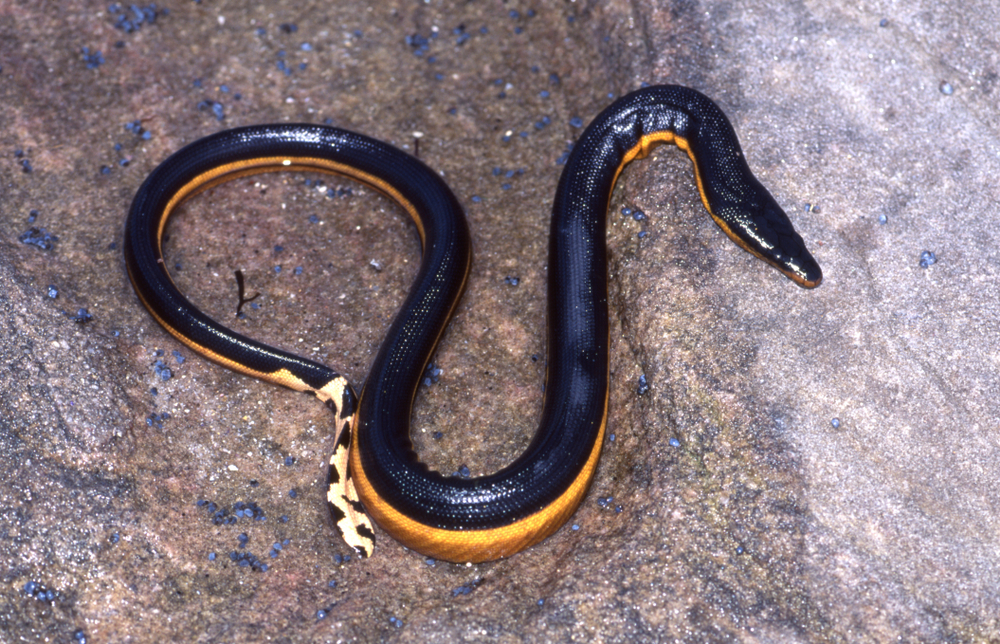
Invasive species are far from a new concept in ecology. Even in just recent history, animals have ended up in new habitats when they’re purposely introduced to help reduce the population of a local pest or accidentally hitch a ride in cargo. Such was the case for the joro spider, which recently began spreading through the Southeastern U.S. after likely stowing away on a ship from Asia. And invasive hammerhead worms have started to move across the South after they likely “hitchhiked to the United States on the roots of horticultural plants and may continue to be accidentally spread across the country on roots or soil of potted plants,” according to Katelyn Kesheimer, PhD, an entomologist with Auburn University and the Alabama Cooperative Extension System.
But as temperatures around the world change due to climate change, they’re also making the move to new areas themselves. Highly venomous yellow-bellied sea snakes have begun showing up on California shores with increasing frequency as warmer ocean temperatures have allowed them to expand their habitat northwards, Charles van Rees, PhD, conservation scientist and naturalist at the University of Georgia, recently told Best Life. But while the aquatic reptiles are not an immediate threat to beachgoers despite their “highly toxic venom,” their presence alone is the sign of a much bigger issue.
“The real problem here is ecological,” van Rees previously told Best Life. “Warming waters mean that a lot about our oceans is already changing, and fast. This could mean harmful algal blooms, the disappearance of beloved wildlife, crashing fisheries, or other problems.”
Now, another ecological change has caught the attention of authorities.
Officials are warning residents in one state that escaped snakes and reptiles are rising.
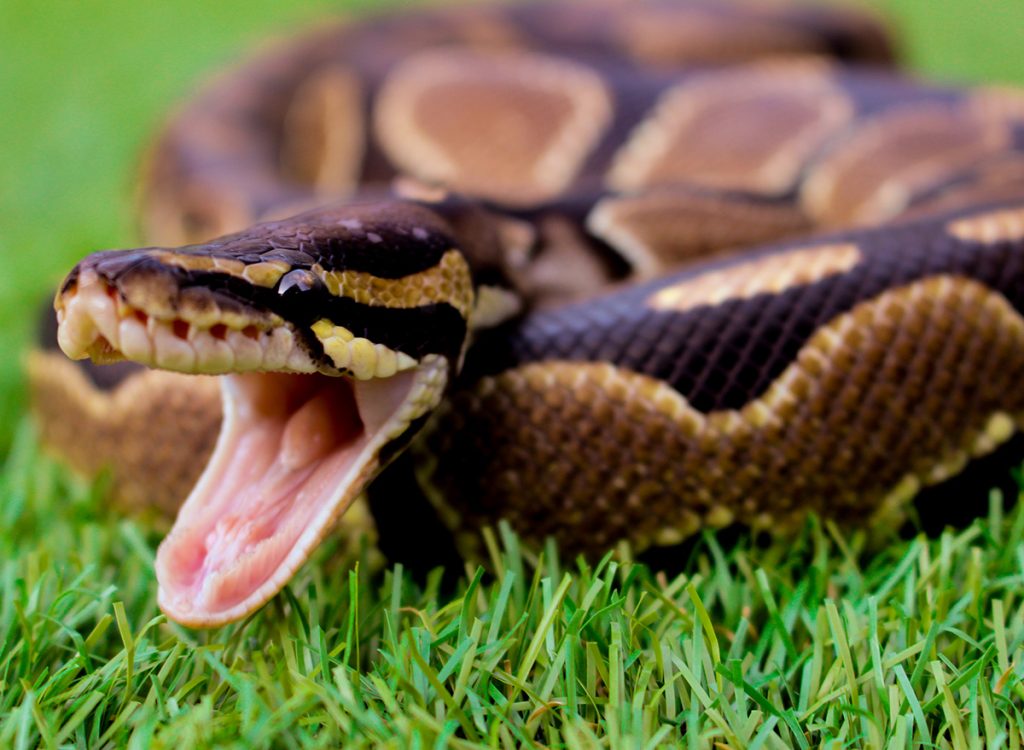
Residents of states where snakes and other reptiles are common are often aware of their presence and usually ensure they’re left alone. But according to officials in South Carolina, there has been an increase in non-native snakes, reptiles, and amphibians reported as lost, escaped, or released according to the state’s Department of Natural Resources (SCDNR).
“Since 2013, we have received nearly 250 reports of at least 30 non-native reptile and amphibian species escaped or released in South Carolina,” the agency wrote in a Facebook post on Oct. 4. “The most commonly reported species include Mediterranean house geckos, brown anoles, Cuban tree frogs, black and white tegus, sulcatta tortoises, and ball pythons. However, we have also documented Burmese pythons, green iguanas, various monitor lizard species, and two crocodilian species.”
The number of reported reptiles is also on the rise, with three cases in 2013 spiking to a high of 90 in 2020 before settling at 45 in 2021, according to SCDNR data, per The State. The state has counted 38 so far this year.
RELATED: For more up-to-date information, sign up for our daily newsletter.
The invasive species could have a serious impact on the local ecosystem.
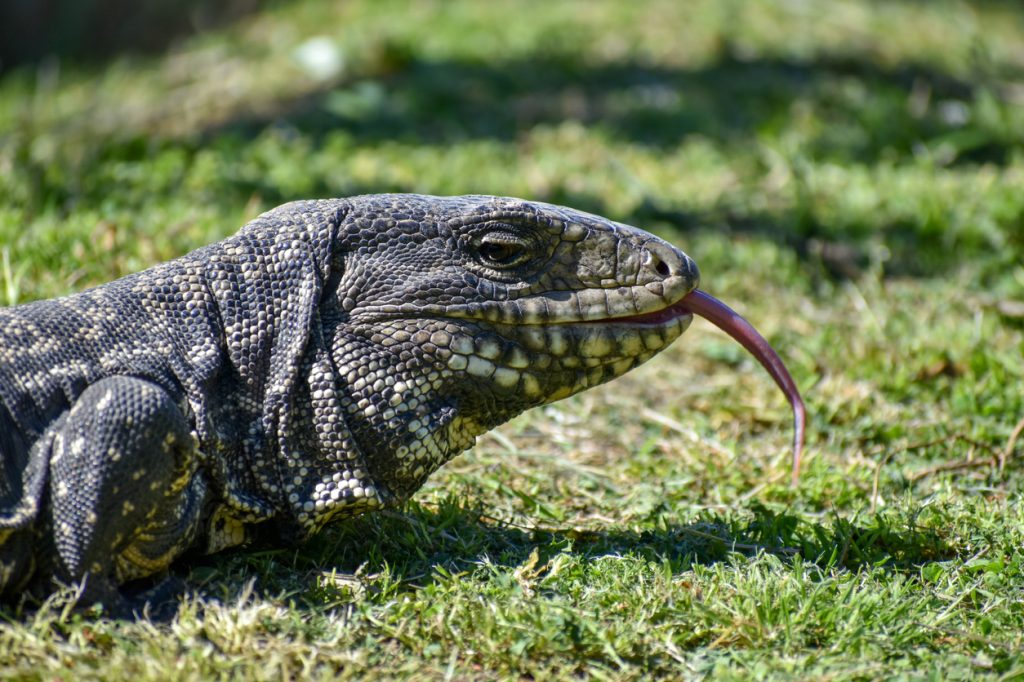
While South Carolina’s climate isn’t ideal for all of the discovered species to survive and procreate through the winter, some experts are concerned that some of the animals will be able to reproduce and begin to populate. White and black tegu lizards, a giant reptile that can grow to be more than four feet long, are especially a concern and have made up many of the reports across “numerous” counties in the state, The State reports.
“They seem to be pretty cold-hardy, especially in the lower portions of the state,” Will Dillman, assistant chief of wildlife for SCDNR, told The State. “So there is some potential for them to be able to overwinter and reproduce,” adding that neighboring Georgia already has established populations of the reptile. There, Georgia Department of Natural Resources officials warn that the invasive lizard has a negative impact on the ecosystem by eating the eggs of birds, alligators, and tortoises, while also potentially carrying exotic parasites that can spread to native wildlife, per The State.
Compared to other states, South Carolina also has more loopholes regarding the sale of venomous snakes and other animals at reptile shows, making it a unique local issue. Recent changes in reptile sale laws aimed at protecting local turtle populations have failed to make such activity illegal.
Authorities are asking residents to report any non-native snake or reptile sightings.
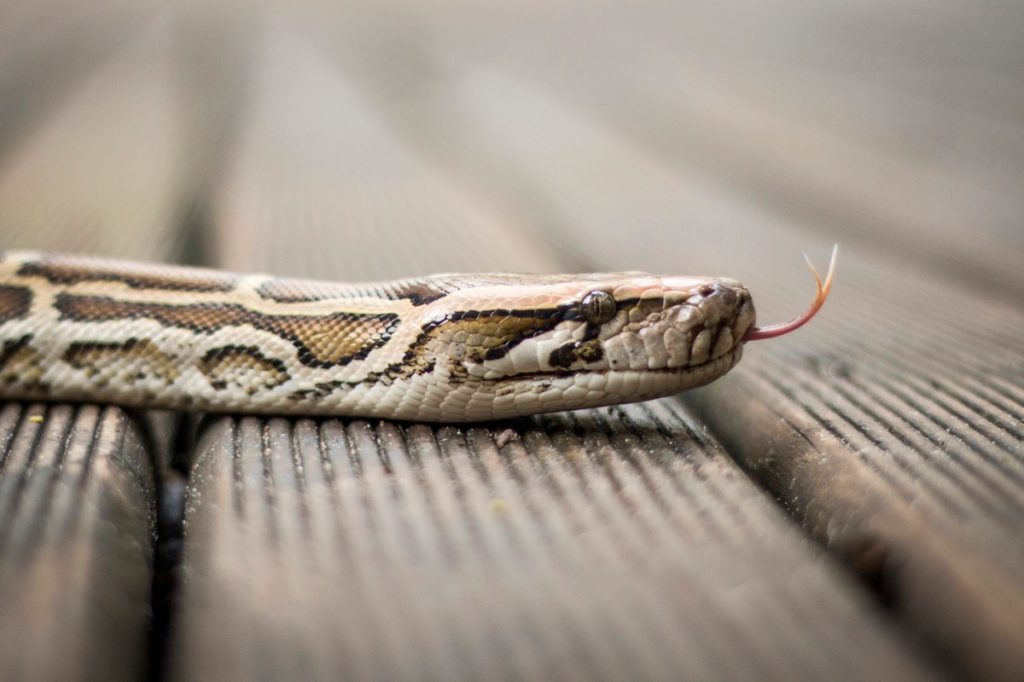
South Carolina isn’t the only state that struggles with environmentally ruinous invasive snakes and reptiles. In nearby Florida, escaped and released Burmese pythons have become such a threat to local species that the state government has established a bounty program to help cull the population. But for now, the SCDNR is asking residents to do their part in keeping the wrong types of animals out of the state.
“We want to remind and encourage everyone to be a responsible pet owner and recommend that anyone considering an exotic pet make sure it’s legal in South Carolina as well as in your county and municipality,” the agency said in its Facebook post. “Always do your research before purchasing a pet to learn about the requirements of the specific species.”
The SCDNR also encourages people to keep reporting sightings of non-native reptiles by taking a photo of the animal and recording its location with a nearby address or GPS coordinates. You can then email it to the agency at [email protected].